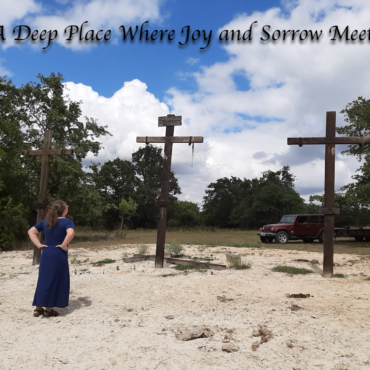%2B(320x190).jpg) You can engage your audience by using props that support your book. Most times, in addition to reading your book, a reader simply wants to find out more about the person who wrote the book they’ve come to love. One of the perks of being an author is getting to read your work to readers. I’ve had the pleasure of reading my book, The Children of Sierra Leone, to libraries, schools and non-profit organizations. I must say that I do enjoy reading to children because they come up with some of the most interesting questions. My recent reading was to the Laura B. Sprague School in Chicago, Illinois.
You can engage your audience by using props that support your book. Most times, in addition to reading your book, a reader simply wants to find out more about the person who wrote the book they’ve come to love. One of the perks of being an author is getting to read your work to readers. I’ve had the pleasure of reading my book, The Children of Sierra Leone, to libraries, schools and non-profit organizations. I must say that I do enjoy reading to children because they come up with some of the most interesting questions. My recent reading was to the Laura B. Sprague School in Chicago, Illinois.Student Doll: – In Freetown, all public schools wear uniforms. The doll is dressed in the uniform of one of my alma maters, The Methodist Girls High School. It allows me to talk about what it was like attending school in Sierra Leone and discuss with kids the differences between my experience and their own.
Mother Doll: – This doll shows the typical attire a woman wears. I also take other materials and cultural outfits to show how the dresses differ depending on whether the occasion is a casual day out on the town or a wedding or more extravagant activity. I also take the traditional cap and gown that is worn by men.
Leather Slippers: – These can be worn by both women and men, although we also wear western clothes and shoes. Men also wear mocassins and there are other hand-made canvas shoes that are no longer in style.
Leather Handbag: – Handbags and baskets are made by very skilled craftsmen and craftswomen by drying snake, alligator. and other animal skins, weaving, and other methods.
The wooden dish and utensil are made from gourds. In many cases, the outside of the dishes and the handles of utensils have beautiful carvings and paintings that depict African life.
Musical Gourd: – The musical gourd is called a shegbureh. The name may differ in other parts of Africa. The gourd is left to dry out and the pulp and seeds removed. After it is completely dried, it is scrubbed and then finished and stained or it can be painted with scenes that depict the African life. Next, beads are woven into a net and then used to cover the gourd. The sound is produced by the constant shaking of the beads against the gourd. This is used in music and in retelling African folktales.
So what props will you take to your next book reading that would add support to your story? You’ll be surprised just how much more interesting a book reading can turn out to be.
Stay Blessed!
~Arama Christiana
Facebook
Website
GoFundMe


